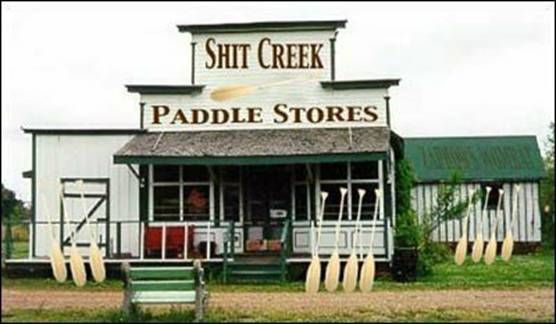This is your morning Open Thread. Pour your favorite beverage and review the past and comment on the future.
Find the past “On This Day in History” here.
Click on images to enlarge.
July 6 is the 187th day of the year (188th in leap years) in the Gregorian calendar. There are 178 days remaining until the end of the year.
On this day in 1917, Arabian troops led by T. E. Lawrence (“Lawrence of Arabia”) and Auda ibu Tayi capture Aqaba from the Ottoman Empire during the Arab Revolt.
Lawrence, sent by General Archibald Murray, commander of the Egyptian Expeditionary Force, to act as a military advisor to Emir Faisal I, convinced the latter to attack Aqaba. Aqaba was a Turkish-garrisoned port in Jordan, which would threaten British forces operating in Palestine; the Turks had also used it as a base during their 1915 attack on the Suez Canal. It was also suggested by Faisal that the port be taken as a means for the British to supply his Arab forces as they moved further north. Though he did not take part in the attack itself (his cousin Sherif Nasir rode along as the leader of his forces), Faisal lent forty of his men to Lawrence. Lawrence also met with Auda ibu Tayi, leader of the northern Howeitat tribe of Bedouin, who agreed to lend himself and a large number of his men to the expedition. Lawrence informed his British colleagues of the planned expedition, but they apparently did not take him seriously, expecting it to fail.
Aqaba was not in and of itself a major military obstacle; a small village at the time, it was not actually garrisoned by the Turks, though the Turks did keep a small, 400-man garrison at the mouth of the Wadi Itm to protect from landward attack via the Sinai Peninsula. The British Royal Navy occasionally shelled Aqaba, and in late 1916 had briefly landed a party of Marines ashore there, though a lack of harbor or landing beaches made an amphibious assault impractical. The main obstacle to a successful landward attack on the town was the large Nefud Desert, believed by many to be impassable.
The expedition started moving towards Aqaba in May. Despite the heat of the desert, the seasoned Bedouins encountered few obstacles aside from occasional harassment from small bands of Arabs paid off by the Turks; they lost more men to attacks by snakes and scorpions than to enemy action. During the expedition, Auda and Lawrence’s forces also did severe damage to the Hejaz Railway.
Auda and his men reached the Wadi Sirhan region, occupied by the Rualla tribe. Auda paid 6,000 pounds in gold to their leader to allow his men to use Wadi Sirhan as a base.
The actual battle for Aqaba occurred for the most part at a Turkish blockhouse at Abu el Lissal, about halfway between Aqaba and the town of Ma’an. A group of separate Arab rebels, acting in conjunction with the expedition, had seized the blockhouse a few days before, but a Turkish infantry battalion arrived on the scene and recaptured it. The Turks then attacked a small, nearby encampment of Arabs and killed several of them.
After hearing of this, Auda personally led an attack on the Turkish troops there, attacking at mid-day on July 6. The charge was a wild success. Turkish resistance was slight; the Arabs brutally massacred hundreds of Turks as revenge before their leaders could restrain them. In all, three hundred Turks were killed and another 150 taken prisoner, in exchange for the loss of two Arabs killed and a handful of wounded. Lawrence was nearly killed in the action; he accidentally shot the camel he was riding in the head with his pistol, but was fortunately thrown out of harm’s way when he fell. Auda was grazed numerous times, with his favorite pair of field glasses being destroyed, but was otherwise unharmed.
Meanwhile, a small group of British naval vessels appeared offshore of Aqaba itself and began shelling it. At this point, Lawrence, Auda, and Nasir had rallied their troops; their total force had been quadrupled to 2,000 men by a local Bedouin who, with the defeat of the Turks at Lissal, now openly joined Lawrence’s expedition. This force maneuvered themselves past the outer works of Aqaba’s defensive lines, approached the gates of Aqaba, and its garrison surrendered without further struggle.


Recent Comments